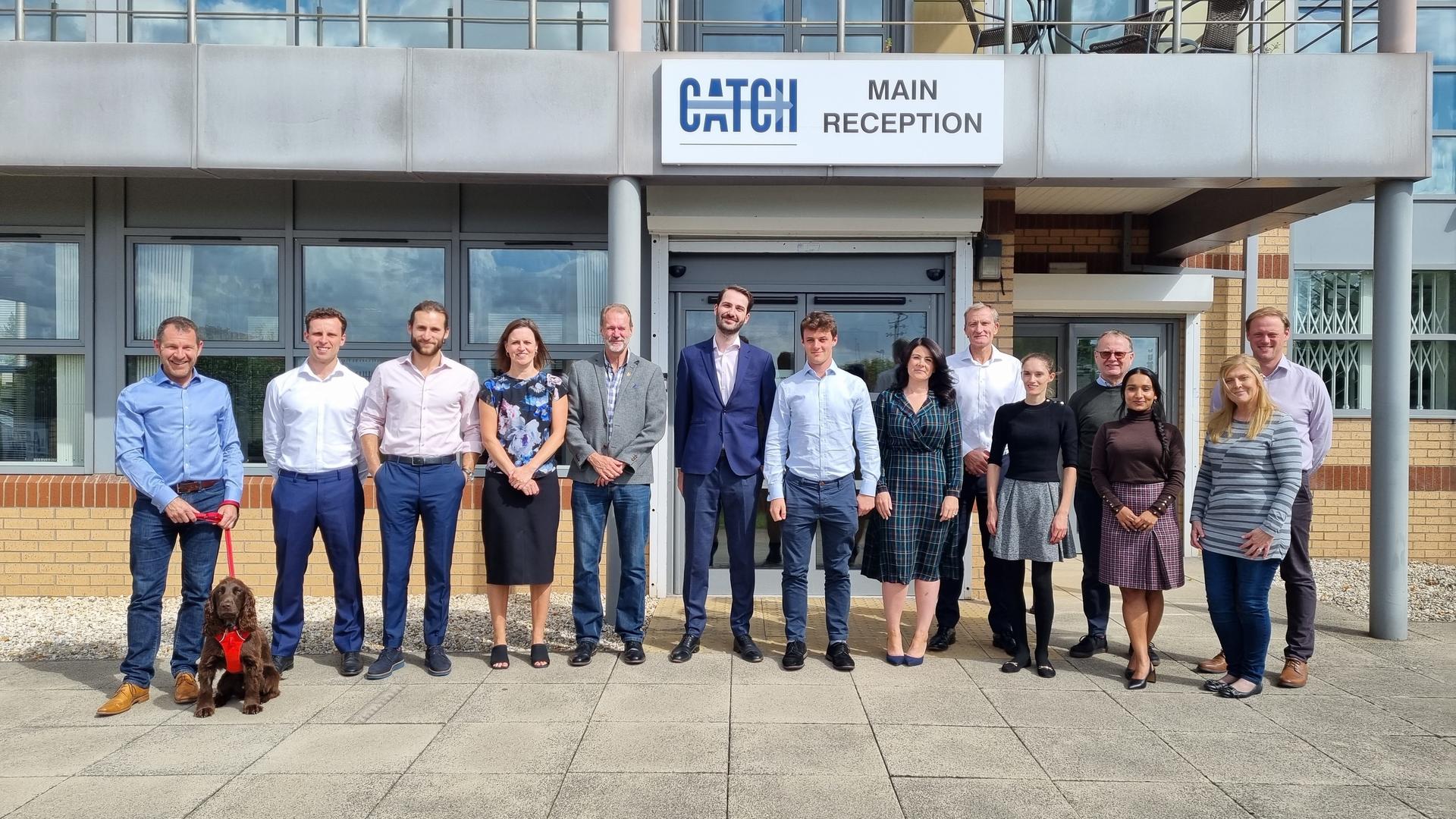Workshop - Element Energy
Outcomes of HICP Lots 2 & 3 which explores risks and barriers hindering decarbonisation of the Humber Industrial Cluster through the lens of Markets, Policy and Regulation.
Outcomes of HICP Lots 2 & 3 which explores risks and barriers hindering decarbonisation of the Humber Industrial Cluster through the lens of Markets, Policy and Regulation.
Outcomes of HICP Lots 2 & 3 which explores risks and barriers hindering decarbonisation of the Humber Industrial Cluster through the lens of Markets, Policy and Regulation.

The Humber Industrial Cluster Plan team and their industrial steering group partners attended a workshop with Element Energy on Wednesday 31st August hosted at CATCH. The morning session was led by Elian Pusceddu and Conor O’Sullivan who presented an informative analysis of the outcomes of HICP Lots 2 & 3 which explores risks and barriers hindering decarbonisation of the Humber Industrial Cluster through the lens of Markets, Policy and Regulation. A summary of the work on water availability for different carbon capture and hydrogen technologies completed the morning session.
The afternoon session was led by Amelia Mitchell and Tom Butler who presented the results of a bespoke systems model created for the Humber Industrial Cluster. The model can test pathways to net zero for the Humber’s largest emitters using a range of decarbonisation technologies and build out of the regions CO2 transport and storage network and projects to manufacture, transport and store hydrogen. Four core scenarios have been fully worked up and presented to the HICP team and steering group. These scenarios represent optimal pathways to net zero by 2040, within possible futures according to a range of parameters – for example costs of energy and financial support from policy.
Silvian Baltac, Element Energy’s Industrial Decarbonisation Lead and the Project Director for Lots 1-3 said ‘All the scenarios modelled demonstrate that the Humber region can achieve deep decarbonisation of industrial emissions by 2040. Technology deployment of carbon capture and storage and low carbon hydrogen production across most scenarios will require an annual injection rate of 18-20 MtCO2 by 2033-35, while large-scale process electrification may play a significant role for certain industrial sectors, including clean steel production”.
Katie Hedges, Director of Membership & Low Carbon Strategy at CATCH said ‘the Humber is in a unique position to not only address the existing emissions from industrial sources but clearly has the capacity and ambition to develop new hydrogen production facilities enabling wider decarbonisation of industrial units and processes as well unlocking decarbonisation of heat and transport.’
